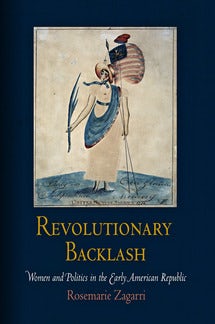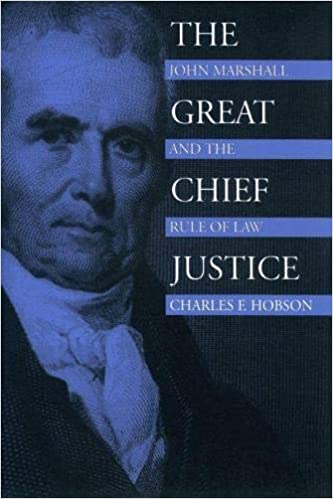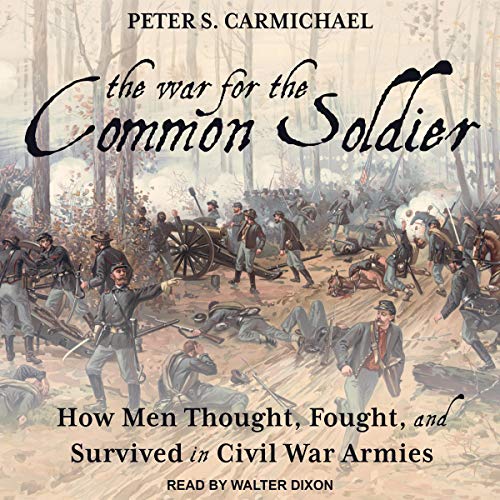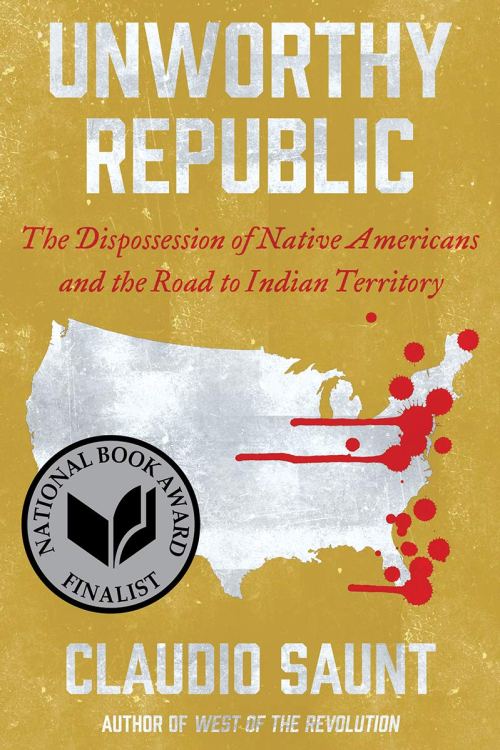by Kelsey Hibbard
As eighteenth-century empires expanded, the insular realm of British identity adapted to encompass their new place on the global stage. Britons’ local and regional identities developed into an imperial identity as they represented Britishness through encounters with empires across the world. The Anglo-Ottoman relationship, born by trade, significantly impacted the construction of British imperial identity. The Levant Company, sanctioned by the Crown to trade with the Ottoman Empire, opened the space for the British to hone their imperial identity against what they perceived as foreign “otherness.” Both individual merchants and the cities where trade was conducted provided an essential meeting ground between world powers. Through encounters with the Ottoman “other,” the British established their performed imperial identity and conceptualized not only how they wanted to be perceived, but also how they represented the “other” to establish a façade of imperial superiority.
As encounters became more frequent throughout the eighteenth-century, Britons left a trail of detailed, albeit problematic, sources in the form of travel literature. Historians have used these accounts to explore the development of imperial identity through racial, class, and gendered lenses. The study of Orientalism, led by Edward Said through his monumental text Orientalism, played a significant role in the developing field. In Orientalism, Edward Said exposed the long tradition of assumed European superiority over the Middle and Far East in academia. Said stated, “in short, Orientalism is a western style of dominating, restructuring, and having authority over the Orient.”[1] He continued, “It also tries to show that European culture gained in strength and identity by setting itself off against the Orient as a sort of surrogate and even underground self.”[2] This understanding of orientalism explains the trope of Western superiority that plagues the understanding of East-West relationships. However, recent publications have complicated Said’s Orientalism and the determinism of the performed superiority by Britons. Scholars such as Gerald MacLean and Malgorzata Sokolowicz point to performed superiority as a progression beginning with imperial envy, and not assumed upon first encounters. Both Sokolowicz and MacLean also point to the importance of gender as an analysis for understanding the East-West relations, and as key factor in the construction of imperial identity–a lens that Said did not explore.
Gerald MacLean diverges from Edward Said in his understanding of British encounters with the Ottoman Empire. While MacLean does not discard Orientalism, he argues for a more complicated understanding of the Anglo-Ottoman relationship in Looking East.[3] Rather than Eurocentric superiority as a foundational element to the Anglo-Ottoman relationship, MacLean dismantles the authority and confidence of the British imperial identity and instead points to a relationship centered on imperial envy and identity performance. Self-conceptualization of Britishness led to represented superiority over the Ottomans, however, this conceptualization of identity was learned, not inherent at the moment of contact. In his preface MacLean explains, “[…] I find that I am not alone in noticing how widespread the effects of encounter with the Ottoman world, its people and culture proved to be on the development of the English nation during the early period.”[4]
His contribution to the field rests on his introduced terminology, “imperial envy.” The notion of British imperial envy toward the Ottomans challenged Said’s notion of the trope of inherent Western superiority. MacLean further discusses, “I suggest that ‘imperial envy’ usefully describes the evolving dynamic of early modern English responses to encounters with the Ottoman Empire at a time when the English were seeking to find a place for themselves in the larger world beyond their insular realm.”[5] MacLean complicates Said by pointing to the dynamism of the evolving imperial identity. While Said explores the perpetuation of orientalism in scholarship-which allowed European empires to hide behind pre-determined superiority- MacLean exposes the complicated and dynamic power structures encountered during the construction of British imperial identity. Certainty of power and dominance that led to orientalism, MacLean argues, was learned and navigated as the British self-constructed their performed identity.
A criticism of MacLean’s work is his interchanging use of both imperial and national identity. His interchanging terminology presents a lack of fluidity in his discourse on identity in the eighteenth-century. However, the lack of fluidity alludes to the uncertainty of the changing nature of identity for the British both in the Metropole and in the expanding Empire. Identity was shaped in both an imperial and national sense and the British were navigating both simultaneously in the eighteenth-century.
MacLean’s research follows the trajectory of the field, noting the importance of contact by trade and diplomacy. He understands diplomacy as the first location of challenge to British imperial identity. Islam remained one of the most prominent barriers of “otherness” to the British, however, differences succumbed to the desire for trade. To maintain access to Ottoman goods through trade, the British found themselves using diplomacy, rather than territorial expansion.[6] Without territorial control, imperial superiority was not validated through borders such as in the Americas. Rather, imperial status and superiority was gained through performance and self-representation. MacLean states, “[…] the English first became aware of the Ottomans from the arrival of imported goods, from direct encounters and how the experiences of earliest visitors to that Empire began to challenge English conceptions of themselves.”[7] The complexity found within the developing inter-imperial relationship does not diverge completely from traditional orientalist framing. Notions of Ottoman backwardness, eroticism, barbaric cruelty, and despotism represented and upheld orientalist tropes.[8] MacLean acknowledges that these tropes conflicted with “a series of contradictions:” Ottoman might, opulence, and wealth.[9] He states, “Instead of any simple desire for domination, we will find a restructuring of desire, knowledge and power: imperial envy.”[10] Contrasting against perceived backwardness, the Ottomans held great imperial wealth and power that Britons discussed in their travel writings with envy. Despite fears, hostilities, and challenges presented during the eighteenth century in the Anglo-Ottoman relationship, “The Ottomans were not simply foreign “others” but models by which the English learned to frame their own self-representations while seeking and building and empire of their own.”[11]
The British, by their encounters with the Ottoman Empire, were “being English, but doing it somewhere else.”[12] Not only were they conceptualizing the Ottomans as an “other,” but understanding themselves as “others” living within a foreign realm. MacLean uses Judith Butler’s scholarship on gender and performance, drawing on her research to connect the performance of gender to the performance of imperial identity.[13] British masculinity was a source of concern for travel writers, as “questions of male virility and the successful performance of English masculinity abroad also seem[ed] to have been of particular interest to travel writers and their readers.”[14] In constructing their eighteenth-century imperial identity, masculinity was a key presentation of dominance for the British. As MacLean showed in Lady Mary Wortley Montagu’s writings, masculine construction of imperial superior authority did not go unchallenged, even if subtly. Encounters with the Ottoman Empire provided resistance to the normative gendered ideas of superiority juxtaposed with liberty. Each challenge to imperial identity was formative in the self-conceptualized imperial identity of the British abroad.[15]
One of the most successful ways that MacLean presents the complexity of imperial identity through the Anglo-Ottoman relationship is through his gendered analysis. In considering gender, he further diverges from Said’s masculine-dominated orientalism to show through travel literature written by women that femininity also challenged British imperial identity. Lady Montagu and other British travel writers presented a problematic picture of the Ottomans and their work can be read carefully to understand British perceptions of the Ottomans, even if they represented falsifications or partial truths. In reading these sources not for the accuracy of their account of Ottoman culture but as representations and perceptions of the “other,” scholars can piece together British understandings of their own identity abroad. Lady Montagu had access to aspects of Ottoman society that male travelers did not and wrote extensively of women’s experiences. In writing about women’s bathhouses, she “concluded that women’s baths, parallel in the gender segregation to some any male institution, indicated that Ottoman women, far from being oppressed by Turkish tyranny, had much more liberty than English women.”[16] Using the avenue of increasingly popular travel literature, critiques such as Lady Montagu’s reached the heart of British society. The juxtaposed conceptualization of the Ottoman realm as exotic and draconian, and women’s bathhouses as liberating, reveal the complications of gendered construction of imperial identity. Gendered norms and familial roles established themselves comfortably in the insular realm of British identity but encounters with the Ottoman Empire challenged ideas of gender and liberty. Eroticism and femininity were foundational representations of orientalist “otherness,” yet Lady Montagu’s writings not only subtly praised Ottoman women for their liberty but also subtly resisted the English gendered identity.
A recent study by Malgorzata Sokolowicz intersects with MacLean’s use of Lady Montagu’s writing and adds to the discourses of both “imperial envy” and gendered conceptions of identity. Sokolowicz uses travel writing on food and smell to explore women and mobility in the Ottoman empire through the eyes of travel writers. She explores two women travel writers, Lady Montagu of England and Salomée Halpir of Poland, who demonstrated imperial envy and challenged notions of masculinity in their writings. Sokolowicz points out that these two women, “as female travelers, they had access to the gender-segregated spaces in the Ottoman empire.”[17] Each woman used this access to write about aspects of Ottoman life that would spark great interest in their perspective homelands.[18] In writing about food, perfumes, and the limited mobility of elite women, and juxtaposing these elements with the freedom experienced in the bath houses, each woman expressed their sense of Ottoman “otherness” and their imperial “envies.” Sokolowicz showed that between Poland and the Ottoman Empire “economic and cultural exchanges flourished, and for the Polish people the [Ottoman] Empire symbolized wealth and luxury.”[19] Speaking of Lady Montagu, echoing MacLean, Sokolowicz states, “Similarly, when Lady Mary mentions such foods, she also notes the golden knives, tablecloths, napkins, china, and gold ‘soucoups’ as they are signs of the wealth, and thus the power, of the Ottomans.”[20]
The wealth and power described by these women brought imperial envy back to their homelands. Sokolowicz describes how “the Ottoman Empire [became] an exotic place, perhaps more beautiful and attractive than their native lands.”[21] The women writers also noted many things that contributed to “otherness” in perceptions of the Ottoman Empire, particularly the lack of mobility for elite women and the erotic nature of perfumes. By the comparative nature of their travel literature, both women used their experiences to better understand, or challenge, their own self-representation, identity, and gendered norms of their homelands.
Gerald MacLean and Malgorzata Sokolowicz complicate Said’s notion of orientalism in the Anglo-Ottoman relationship. Rather than inherent Eurocentric dominance over the other, encounters with the Ottomans challenged British notions of imperial superiority, gender norms, and performed self-identity. Said’s understanding of orientalism, the Western perceptions of dominance over the East, would and did materialize in the later years of inter-imperial relations. Initially, however, the relationship did not begin with Western perceptions of superiority. Encounters with the Ottoman Empire provided fertile ground for English men and women to self-represent Britishness in a foreign land. As these encounters challenged and shaped British notions of superiority, wealth, gender, and imperial dominance, the British imperial identity developed in the eighteenth century. MacLean concludes by showing the progression toward Said’s understanding of orientalism by stating that “once the English had looked upon the Ottoman Empire with imperial envy, but by mid eighteenth-century ‘Britannia’s gen’rous sons’ began arriving with benevolent schemes of neo-colonial occupation in the service of promoting commerce.”[22] The traditional orientalist ideas of Eurocentric superiority certainly shaped the future years of inter-imperial encounters and would define the Anglo-Ottoman relationship in the nineteenth century. The formative beginnings, as MacLean argues, were fraught with imperial envy, uncertainty, and the performance of self-identity as the British constructed their perceptions of themselves against the “others” in the expanding imperial world.
Cover Image Courtesy of Amazon.com
[1] Edward Said, Orientalism (New York: Vintage Books, 1994), 3.
[2] Edward Said, Orientalism, 3.
[3] For a further discussion see the precursor to looking east: Gerald MacLean, The Rise of Oriental Travel: English Visitors to the Ottoman Empire, 1580-1720 (New York: Palgrave Macmillan, 2004).
[4] Gerald MacLean, Looking East: English Writing and the Ottoman Empire before 1800 (New York: Palgrave Macmillan, 2007), x.
[5] Gerald MacLean, Looking East, xi.
[6] Gerald MacLean, Looking East, 18.
[7] Gerald MacLean, Looking East, xi.
[8] For examples of gender used to dismantle orientalist tropes today see: See Leslie Pierce, The Imperial Harem: Women and Sovereignty in the Ottoman Empire (Oxford University Press). See Elyse Semerdjian, Off the Straight Path: Illicit Sex, Law, and Community in Ottoman Aleppo (Syracuse University Press, 2008).
[9] Gerald MacLean, Looking East, 19-20.
[10]Gerald MacLean, Looking East, 20.
[11]Gerald MacLean, Looking East, 55.
[12] Gerald MacLean, Looking East, 97.
[13] Gerald MacLean, Looking East, 99.
[14] Gerald MacLean, Looking East, 102.
[15] Gerald MacLean, Looking East, 117.
[16] Gerald MacLean, Looking East, 101.
[17] Malgorzata Sokolowicz, “A Taste of Empire: Eighteenth- Century Eastern and Western European Women’s Journeys into Ottoman Culinary Spaces,” Early Modern Women: An Interdisciplinary Journal 14, no. 1 (2019): 154.
[18] Malgorzata Sokolowicz, “A Taste of Empire”, 155.
[19] Malgorzata Sokolowicz, “A Taste of Empire,” 154.
[20] Malgorzata Sokolowicz, “A Taste of Empire,” 156.
[21] Malgorzata Sokolowicz, “A Taste of Empire,” 161.
[22] Gerald MacLean, Looking East, 198.









